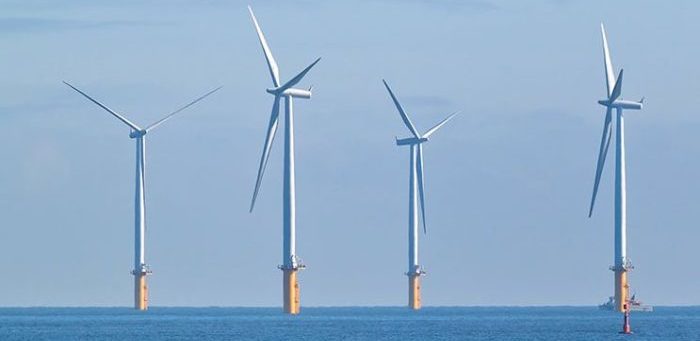A joint industry project, comprising DNV GL, ECN, WMC, BREM, VanderHoekPhotonics, Deltares and other partners, seeks to reduce power-cable failures in offshore wind farms. According to DNV GL, these failures are the key risk affecting the offshore wind industry, representing about 80% of insurance claims.
As explained, cable failures occur often because they can shut down an offshore wind farm for several months, resulting in a financial losses. Despite the fact that power cables typically form only 5 to 10% of the total investment costs in an offshore windfarm, they account for claim costs of 100s of millions of Euros annually, which is estimated to grow significantly in the future as the number of offshore wind farms increase globally. DNV GL explained:
Cable inspections and repairs are expensive maritime operations. Repairs on cables can easily take weeks or even months because of the weather or the limited available of equipment and vessels. That can severely impair revenue and also reduce the technical lifetime of offshore wind farms.
The Cables Lifetime Monitoring Joint Industry Project (JIP) will develop the idea of the continuous monitoring of the integrity of power cables during the whole lifetime by advanced use of optical fibre sensors, which enables early identification of possible failures. Mr. Jan-Joost Schouten, an offshore expert at Deltares, added:
By preventing a significant number of cable failures caused by damage during manufacturing, installation and operation, we are convinced that our study will allow us to significantly reduce the levelized cost of electricity (LCoE) of offshore wind, in other words the average cost price of an electricity production unit over its lifetime. Reducing failure probabilities enhances the reliability of the energy network.
The project runs from mid-2018 to mid-2020 and the results can be applied to both existing and future wind farms as well as for other submarine cables, like interconnectors.






























































